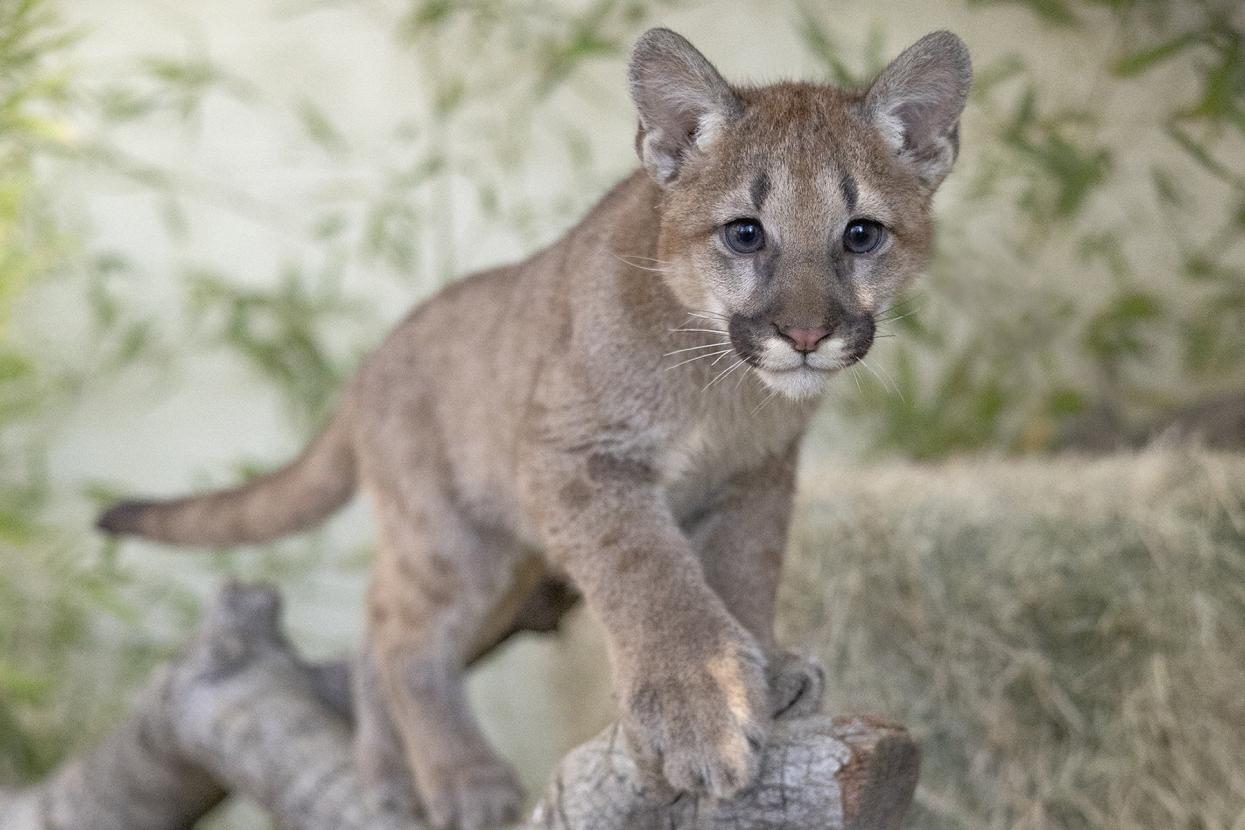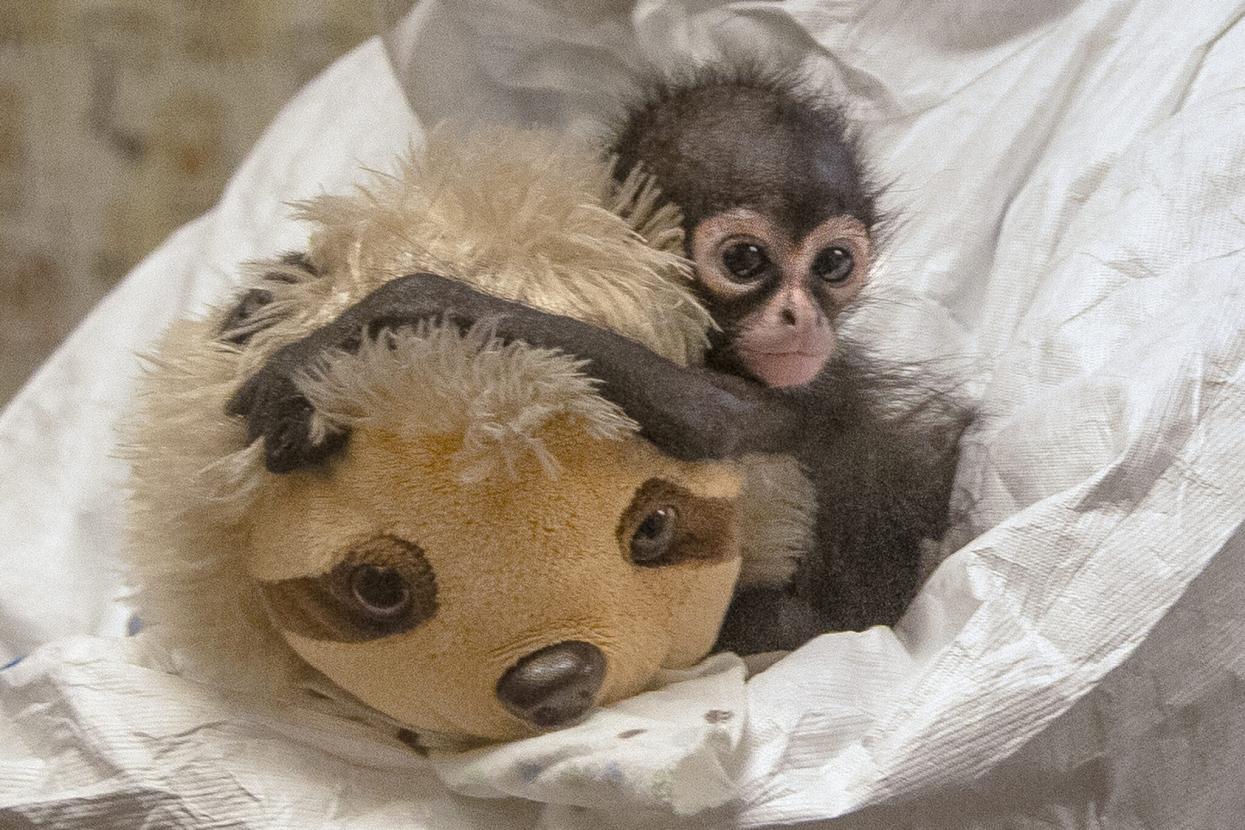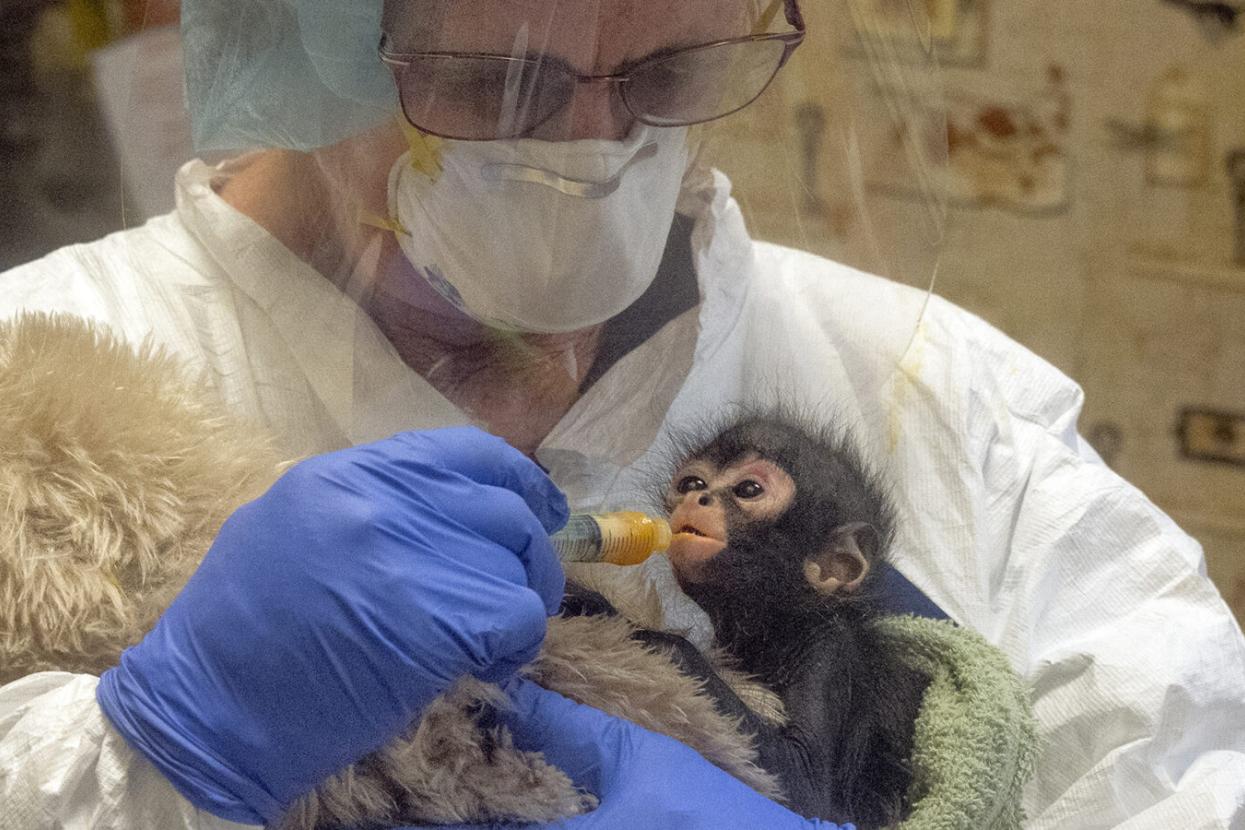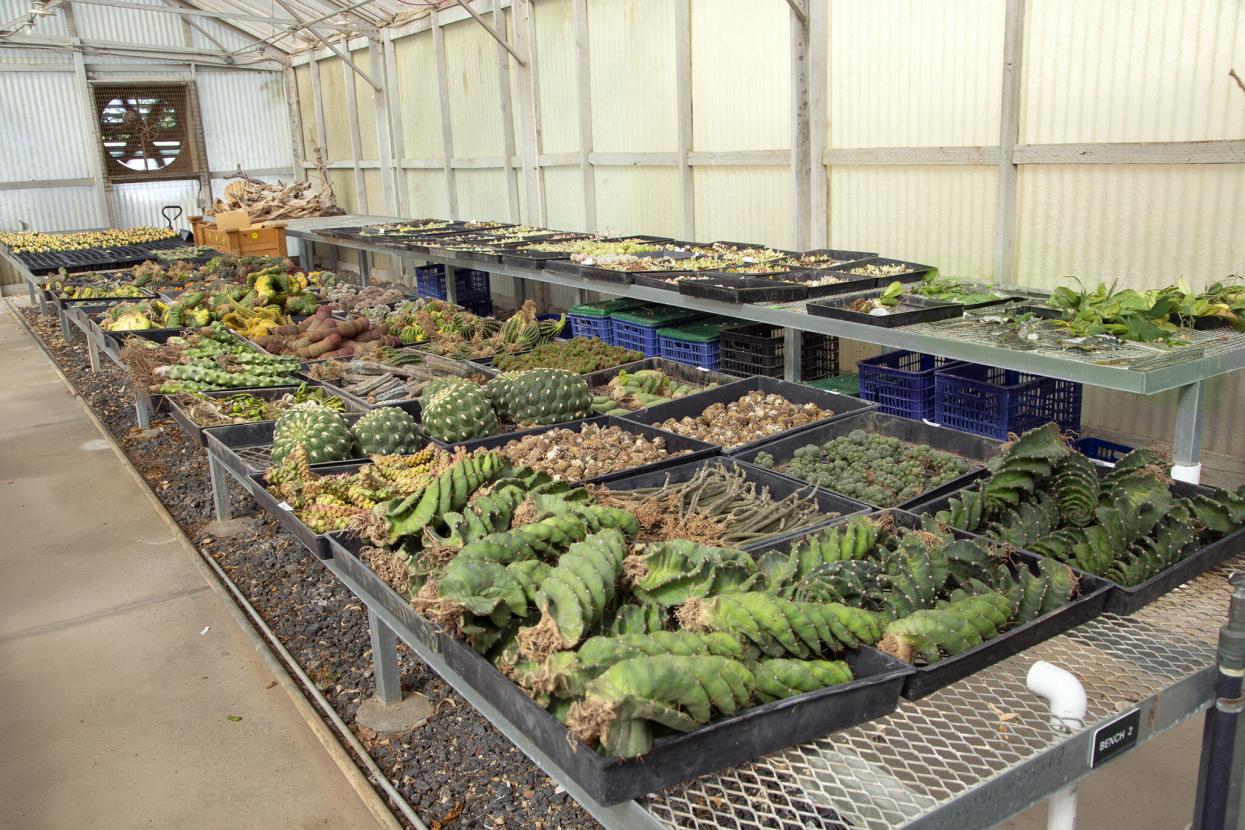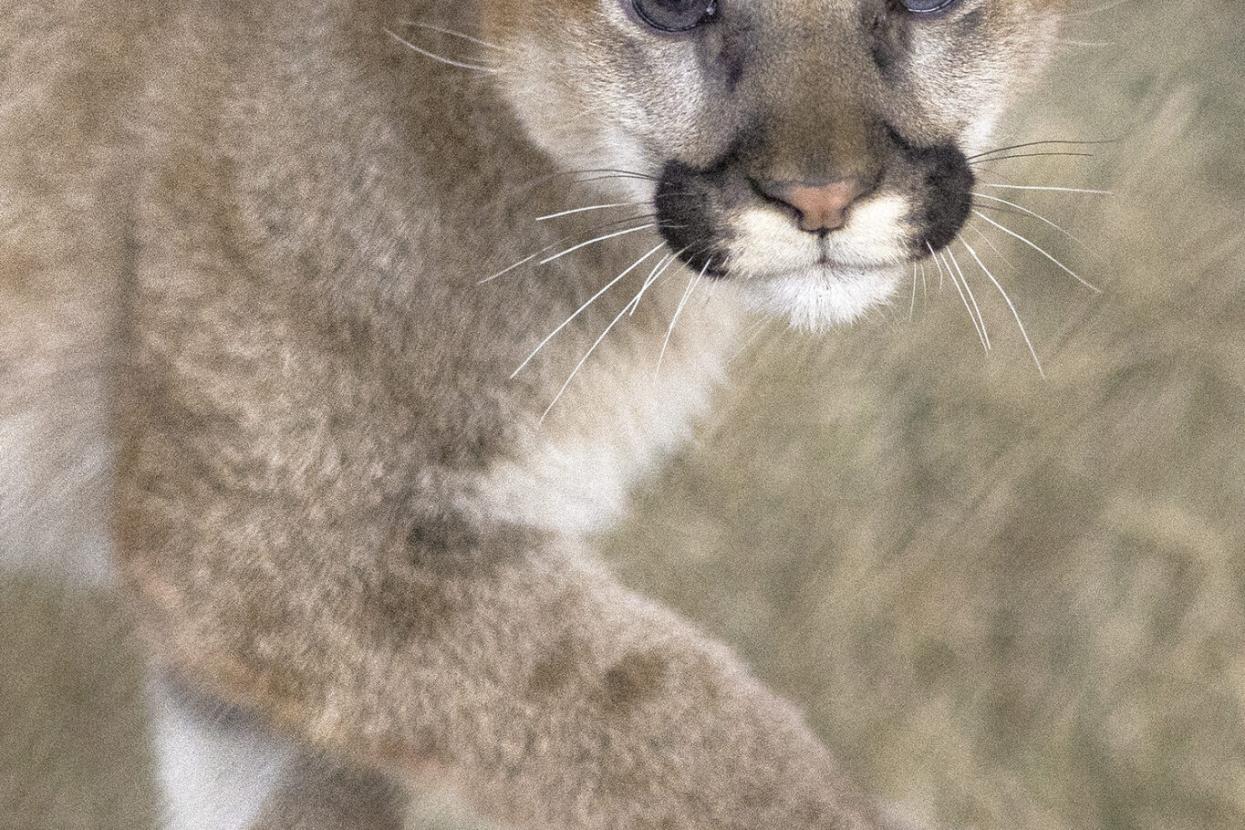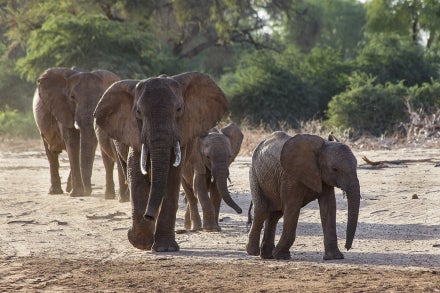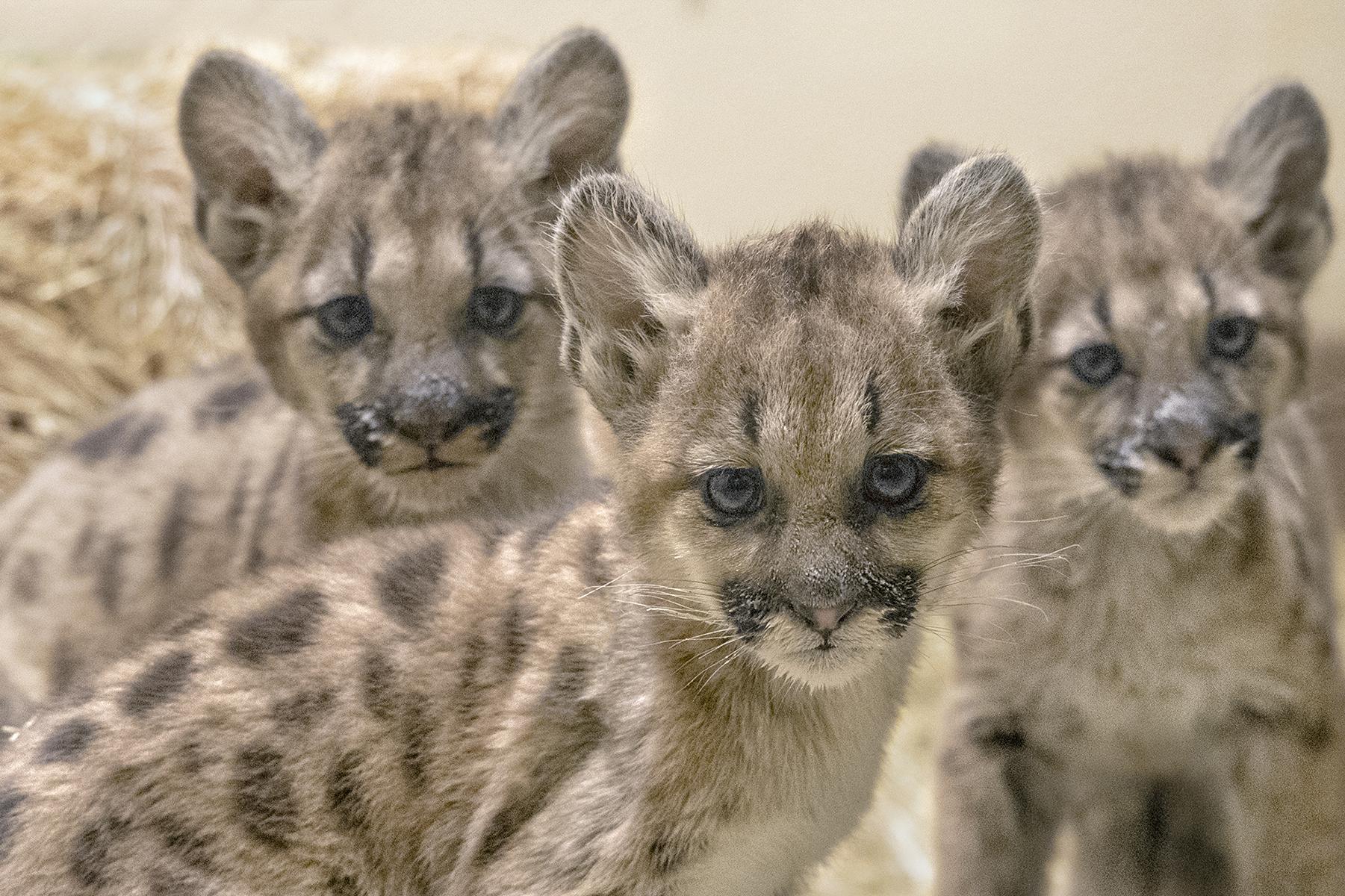
Saving Wildlife, One Animal and Plant at a Time
Three frightened young spider monkeys in a duffel bag at the U.S./Mexico border. A trio of orphaned mountain lion cubs in the San Pasqual Valley. Three baby cobras being smuggled in a Pringles can. The range of species is wide, and their circumstances are varied, but all these examples—and many more like them—have one thing in common: they were wildlife desperately in need of help, and San Diego Zoo Wildlife Alliance experts came to the rescue.
Between the San Diego Zoo and San Diego Zoo Safari Park, it’s estimated that we are called upon some 10 times a year to render aid to imperiled and confiscated wildlife often destined for the illegal pet trade or to be trafficked for folk medicine purposes.
When wildlife is injured, abandoned, or impacted by illegal trafficking, San Diego Zoo Wildlife Alliance and our committed partners step in to help.
We are part of the Association of Zoos and Aquariums (AZA) and a platinum member of the Wildlife Trafficking Alliance (WTA), which is a partnership with AZA and the U.S. Fish and Wildlife Service. We are also an active member of the Southern California Confiscations Network, a rapid response system created to help respond to wildlife confiscations in Southern California and is a working group of the WTA. We play a key role in helping save animals and plants already caught in illegal operations—and preventing future cases.
The Network’s purpose is to create “a coalition of reputable and trusted animal care facilities that can provide immediate medical care and housing for wildlife that are trafficked through U.S. ports of entry, allowing wildlife law enforcement to concentrate on their core functions: the investigation and prosecution of criminals.”
When federal and state agencies encounter wildlife in crisis, San Diego Zoo Wildlife Alliance and its conservation partners are the organizations they call. And time is often of the essence.
The Clock is Ticking
Because wildlife rescues are often emergency situations, every minute counts, explains Greg Vicino, vice president of wildlife care at the San Diego Zoo. “The first few hours are critical,” he says, likening the protocols to medical triage. “They’re sometimes in rough shape, needing water and food. We have to get them safe, stabilized, and treated—quickly.” Greg adds that it’s often a matter of hitting the ground running, as care teams sometimes only receive a few hours’ notice of a new case needing their attention. And both the Zoo and Safari Park need to be ready.
Our wildlife care specialists and veterinary team members often have very little notice before they are called upon to rescue and treat imperiled wildlife.
Kristi Burtis, D.M., is vice president of wildlife care at the Safari Park, and has seen firsthand how dire a rescue situation can be. “Three very young spider monkeys were discovered at the [U.S./Mexico] border crossing in a duffel bag,” Kristi recalls. “They were clinging to each other—and after observing for a moment, I moved the bag close to a large crate with blankets, towels, a warm plush animal, food, and water.” Kristi wanted to make the situation as soothing as possible and acted accordingly.
“Two of the monkeys had diapers on them, so I immediately removed them and placed the monkeys in the crate.” Kristi says. “They were vocal at the start of our trip, but soon fell asleep for about an hour and a half. When they awoke, they seemed more comfortable and started moving around the crate and demonstrating some natural behaviors like climbing.”
Proceed with Caution
The monkey trio was destined for a temporary stay at the Safari Park, during which they could wean and adapt to human care. When rescue situations like this involve transfer to our facilities, there are protocols that must be followed, notes Hendrik Nollens, DVM, MSc, Ph.D., vice president of wildlife health for San Diego Zoo Wildlife Alliance. “These are animals that need our help, but we must be careful,” he says. “Because they are of unknown origin, we don’t have their medical background, and have to consider the health of wildlife already in our care. That’s where our quarantine procedures come in.”
The physical condition of confiscated animals and plants can often require immediate treatment for such ailments as dehydration and malnutrition.
When it comes to treating new “patients” on site, Hendrik explains that the procedures can vary depending not only on the condition of the incoming wildlife, but the species as well. “Primates require specialized care, and the Centers for Disease Control must be notified,” he says. “We have to get a team ready; personal protective equipment is worn out of precaution. It can be difficult, but we are uniquely qualified.”
Hendrik notes there are instances where the rescued wildlife cannot be returned to its native range, either due to age, viability, injury, or because we don’t know which part of their home range they originated from. When this happens, we’re often called upon to give those animals a home. “As a partner in our Conservation Hubs, we support them however we can, whether that’s in Kenya or Peru or here [in the Southwest]. We take the responsibility seriously.”
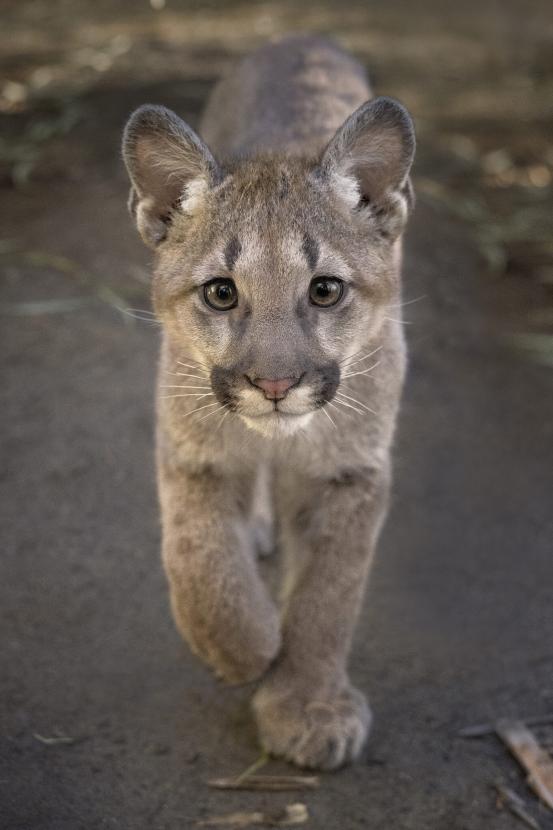
Three orphaned mountain lion cubs are settling in nicely to their new habitat at the Safari Park after they were rescued last year.
In the case of the mountain lion cubs, finding the very young cats was only the first step in their recovery. The first cub was located shortly after the mother was killed while predating on livestock, and the second was found the next day, but it was a week before the third cub was located and brought into managed care. “They were dehydrated, but had no other health issues,” Kristi says, noting the cubs now live at the Safari Park and are doing well under a care program that recognizes their nocturnal nature. “They are not on habitat when there is human presence,” she explains. “They might be seen during a special early morning or evening tour when the cubs are ready, but otherwise, their feeding and care sessions are between 5 p.m. and 8 a.m.”
The Root of the Problem
While stories of rescued baby cats and confiscated monkeys may garner the lion’s share of media attention, there are few wildlife species that aren’t trafficked for one reason or another. Birds are trafficked globally, and some plants are hot commodities, too. As director of horticulture for the Safari Park, Raj Brown has seen how big the problem can grow. “The Safari Park is a U.S. Fish and Wildlife Plant Rescue Center for cactus, succulents, and cycads,” Raj explains. “And in June 2022, we received an 830-pound shipment of illegally trafficked cactus and succulent plant material. Our horticulture team worked diligently for days, unwrapping the dank and musty packages in order to sort, identify, and catalogue each plant.” Raj goes on to describe how painstaking the work was, noting that some of the plants were so unique and tiny that the teams were unable to identify them until flowers emerged months later. He calls the outcome a success, adding that “we were able to salvage the majority of the seized plants, providing them homes in our greenhouse facilities, nurseries, and gardens.”
In June 2022, we received an 830-pound shipment of illegally trafficked cactus and succulent plant material.
Greg estimates that 30 percent of wildlife trafficking involves reptiles. Kim Gray, curator of herpetology and ichthyology at the San Diego Zoo, also serves on the board of the Turtle Survival Alliance. She points out the location of our headquarters—San Diego—makes us uniquely situated to help fight wildlife trafficking. “Trafficked animals are usually on their way into or out of the country, and areas close to borders and busy ports are where they are often found,” Kim explains. She notes the U.S. is particularly attractive for those who trade in certain types of wildlife. “The U.S. has the largest diversity in species of turtles and tortoises anywhere,” Kim says. And while other countries are often cited as the last stop for trafficked wildlife, the evidence tells Kim that some of the problem hits closer to home. “The U.S. is the number two consumer of wildlife components,” she says. “It’s a huge market, even here in California.”
The bottom line for the motivating factor behind wildlife trafficking is exactly that—the bottom line. Regarding the financial impact of this illicit commerce, the United Nations Office on Drugs and Crime estimates wildlife trafficking generates from $8 billion to $10 billion a year.
How to Help
As complicated as the wildlife trafficking issue is, there are things everyone can do to help combat it. While having an exotic pet might seem enticing, it’s not a good idea, Hendrik says, acknowledging that the money involved is a huge incentive for the sellers. But the buyers? “People need to ask if is this species is suitable as a pet,” he advises, noting that it can be impossible for the general public to differentiate between a trafficked animal and an animal that comes from a legal, reputable program.
“People don’t realize how big a problem wildlife trafficking is,” Greg says. “If you see something, say something.”
A Brighter Future
For some wildlife at least, their rescue story has a happy ending. The infant spider monkeys saved at the border—a male and two females—are currently under the care of the experts at the Safari Park. Their group is likely to grow, too. “We have received two spider monkeys from other AZA facilities, so after a quarantine period and socialization period, it’s likely the five will become a new troop,” Kristi says. “A new beginning for them.”
The monkeys aren’t the only species settling into a new home. “The mountain lion cubs are making progress, both as a trio and individually. They have explored all of their new habitat and are learning to shift between areas, participate in training sessions, and other behaviors involved with their care,” Kristi says. “They’re climbing and playing, and their personalities are becoming more obvious, and the two boys are more mellow but the first to explore something new, and the female cub is a protective mountain lion to the core!”
With continued efforts and awareness, we can ensure that more wildlife finds a safe haven and a chance to thrive.
Kim’s department has welcomed newcomers as well. “The three young king cobras found in the [Pringles] chip can are healthy and living here at the San Diego Zoo,” she says. “One of the females is part of a breeding pair, so that’s good for the species.”
These kinds of results—a positive outcome for wildlife conservation—are the goal for all our efforts, and this work depends on success at each step. “Rescue starts with freeing wildlife from danger,” Kristi says. “And then it’s about managing for the next step, for tomorrow.”
Discover how you can be the change and help protect and rescue wildlife


